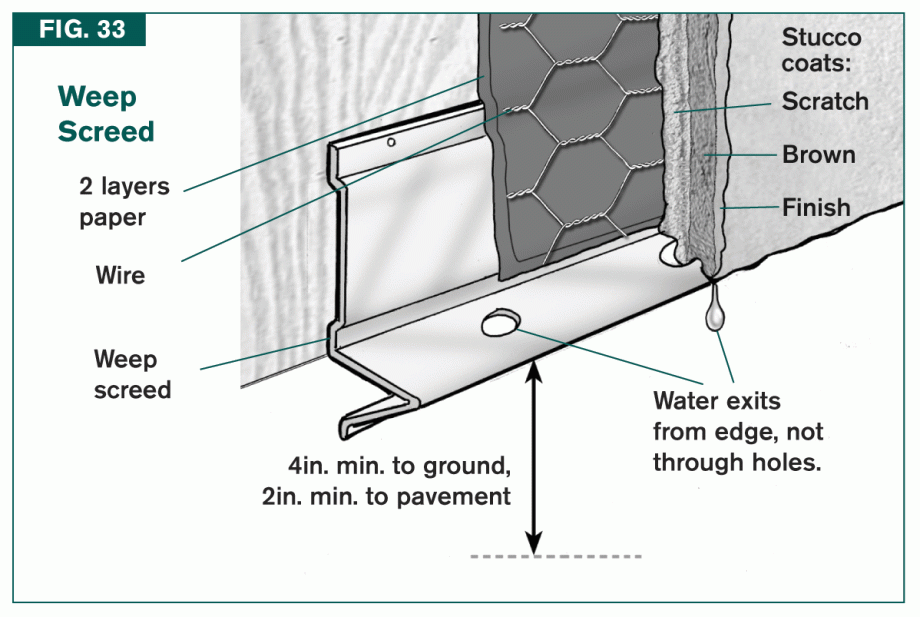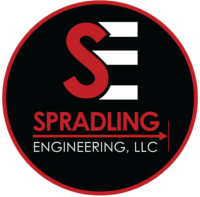
The Legend of the Weep Screed sounds like some horrible monster story doesn’t it? Maybe its not a monster but this topic keeps coming up lately and could mean disaster for homeowners and property managers.
Why does it keep coming up? “Weep screed” is commonly heard during real estate inspections. I’ve personally seen the phrase on inspections of homes I’ve purchased.
Home Inspector: “Weep holes were not on the north elevation wall. I’m not sure if they were required when the home was built. Consult with engineer.”
Home Inspector: “Weep screeds are not present on the stucco wall. They should be installed.”
They are also a topic of interest when the interior of a building starts to exhibit moisture problems. Rotting sill plate, rotting studs, moldy and warped baseboards, corroded hold-down fasteners, etc. These are all damage that can begin by the absence or blockage of weep screeds and weep holes.
Do a search with the phrase and you’ll find a dozen forums with antiquated contractors telling you that they aren’t necessary for some reason or another. “I’ve been doing this the same way for 50 years” should be a cue to slowly make your way to the door. Enough with the legend.
So what are they?
Weep screed is a device placed at the bottom of a stucco or stone veneer wall covering installation that directs water inside the wall and moves it outside. Due to the porous nature of stucco and masonry materials, moisture builds up inside the wall and will slowly trickle down the wall to exit on the outside edge of the weep screed. The figure below is an excellent detail of how weep screed is installed and what it does.

Sometimes enthusiastic homeowners see the gap that forms between the bottom of the stucco and the drip edge of the weep screed and they cover it with caulking or flood it with paint to make it “look better.” DONT CAULK THE WEEP SCREED! There are holes in the weep screed but those are not for drainage. They allow for a “key” fit between the stucco and the weep screed to keep the stucco from kicking outward and sliding down the face of the screed. To drain properly it must be able to breath.
Another common problem is when homeowners allow the soil to come up close to (or even above) the weep screed. This problem usually occurs when the previous homeowner was “flipping the house” with very little technical knowledge and even less regard for the long-term performance of the house. The weep screed has to be able to drain and burying it or piling mulch on it allows water to collect in the stucco and has disastrous consequences to the other components that must stay dry.
Weep screeds have been a requirement for timber framed houses since 1986. The widely enforced 2018 ICC International Residential Code mandates them specifically for Exterior Plaster (such as stucco) in R703.6.2.1.
There are many problems that can occur when the weep screed is incorrectly installed or maintained. Don’t be fooled by contractors that say they are not required. If you suspect there might be a problem at your building with weep screeds or moisture from unknown sources, give us a call!




